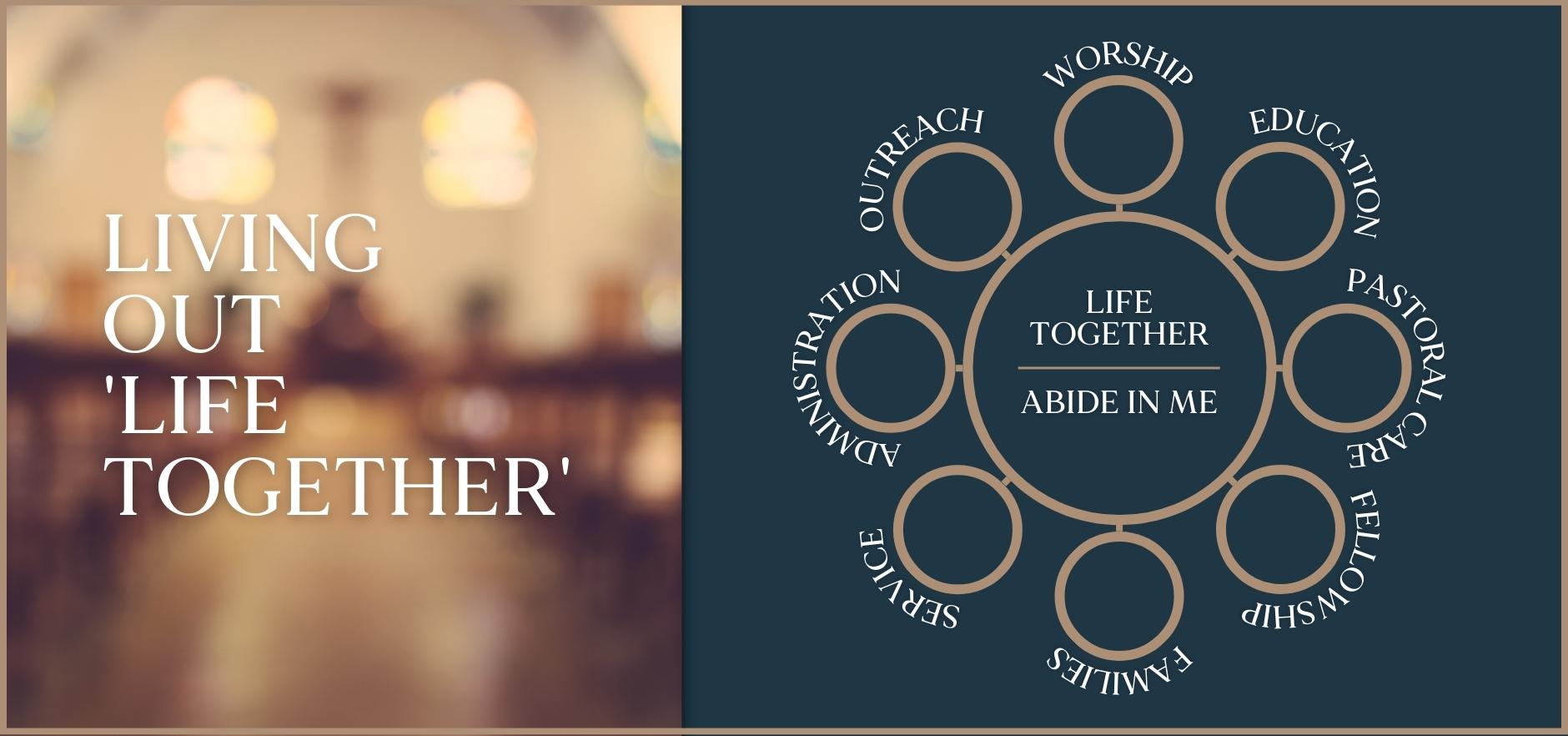“The physical presence of other Christians is a source of incomparable joy and strength to the believer.”
– Dietrich Bonhoeffer
Almost 90 years ago during the struggles that led to World War II, Dietrich Bonhoeffer was actively sharing his thoughts on living as a Christian. He wrote the book Gemeinsames Leben (“Life Together”) during that period. Bonhoeffer taught and lived a theology where Christians are physically present to one another as well as engaged for the cause of Christ in the world in which they live.
This good word of “life together” is significant and timely for churches in the Diocese of Central Florida today. It offers a countercultural way of existing within American culture where so many of us have been taught to live, work and now worship independently. As Jake Meador notes in a recent article in “The Atlantic,” “Contemporary America simply isn’t set up to promote mutuality, care, or common life.” Theologians like Bonhoeffer remind us to reclaim the ways Jesus and the apostles lived and did ministry.
Think of the methodology of the disciples learning from Jesus by physically spending time with him. Think of the early days of the church as recorded in Acts 2:42-47, where they devoted themselves to attending temple together and breaking bread in homes day by day. Think of John’s Gospel, where he recorded that Jesus said, “Abide in me as I abide in you” (15:4a), and “This is my commandment, that you love one another as I have loved you” (15:12). These recollections encourage us to be present to Jesus and to one another throughout our daily living.
Because today’s culture molds us to be task-oriented in our independence, we can fall short of the “being with” or quality time aspect of life together. When approached as tasks, times for worship, sacramental moments and service to the church can become spiritually sterile rather than true opportunities to spend time with God and one another. We must take the time and do the work to reevaluate our intentionality toward life with God and life together.
In what ways, then, can you and I be more present with God? Do we maintain a running dialogue with Father, Son and Holy Spirit throughout our daily living? Can we make sure we include time to simply be with God to love and adore him?
With God as our foundation, how can we be more physically present with people in our homes, churches and communities? Can we make sure we include time to simply be with them? Can we model what it looks like to minimize screen time and reengage face to face? Can we model loving others and devoting ourselves to worshipping and praying together?
We must create and seize opportunities for forming deeper relationships. Meador offers the following suggestion: “Churches could model better, truer sorts of communities, ones in which the hungry are fed, the weak are lifted up, and the proud are cast down.” When we follow this pattern, God enlivens us both individually and collectively.
As we consider how this approach could transform our life with God within our parishes, perhaps a visual image will help. Imagine a circle with the words “life together” and “Abide in me” in the center, and begin praying for those words to come alive for you and your community. Next, extend out from the circle several spokes, each one representing a vital component of how the parish experiences life together. The first spoke is worship, and the others represent education, pastoral care, service to the church, fellowship, outreach, administration and so forth.
Examining these varied components should encourage us to understand the value of our physical presence and participating in life together. Take time to prayerfully consider each spoke and what the Holy Spirit communicates.
How does God want you to be intentional about living out life together? What next step or steps can you take to make a difference to others in your community?

